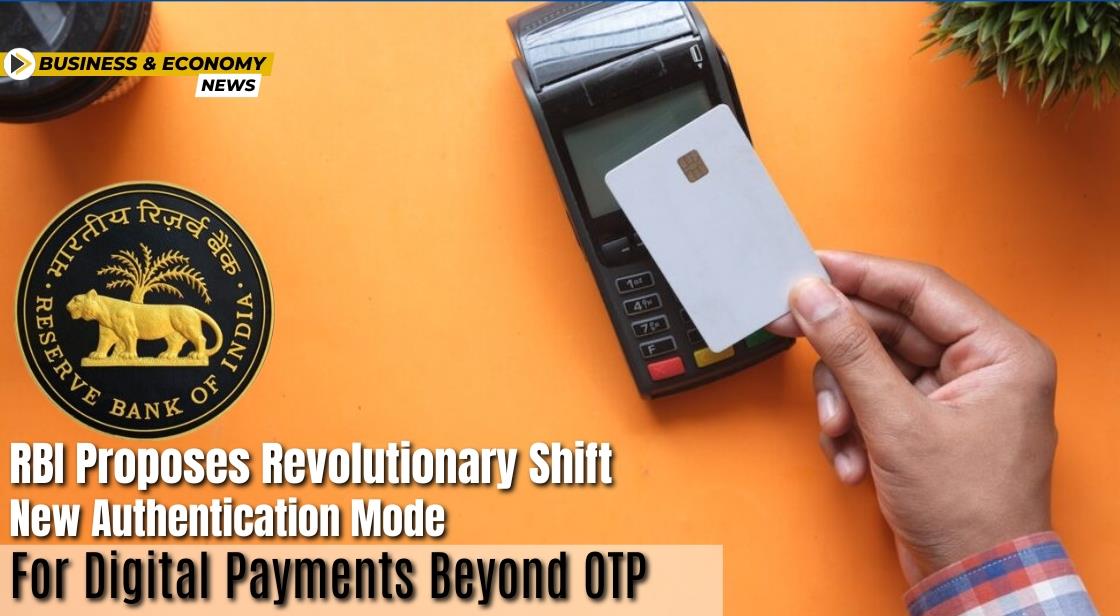RBI Proposes Revolutionary Shift: New Authentication Mode for Digital Payments Beyond OTP

News Synopsis
In a groundbreaking announcement, the Reserve Bank of India (RBI) declared its intention to introduce a novel verification method for digital payments, steering away from the conventional One Time Passwords (OTP).
Recognizing the evolving landscape of digital transactions, the central bank emphasized its commitment to bolstering security, particularly through the implementation of an Additional Factor of Authentication (AFA).
RBI Governor Shaktikanta Das articulated the vision during the monetary policy statement address, stating, "With innovations in technology, alternative authentication mechanisms have emerged in recent years. To facilitate the use of such mechanisms for digital security, it is proposed to adopt a principle-based 'Framework for authentication of digital payment transactions.' Instructions in this regard will be issued separately."
The forthcoming comprehensive guidelines will intricately outline the specifics of this principle-based authentication framework. The move signifies a departure from the prevalent reliance on SMS-based OTPs for Unified Payment Interface (UPI) transactions, a system deemed susceptible to fraudulent activities.
Despite the widespread use of OTPs, their fallibility is evident from the finance ministry records, revealing over 95,000 reported cases of UPI fraud during the 2022-23 fiscal year. This alarming surge in digital crime has prompted the RBI to fortify security measures, transcending the conventional SMS-based OTP system.
Recently, the RBI unveiled the Digital Payments Index (RBI-DPI), indicating the degree of digitization in payments across India. The index surged from 395.57 in March 2023 to 418.77 in September 2023, showcasing an upward trajectory in digital payment adoption.
"The RBI-DPI index has increased across all parameters and was driven particularly by growth in payment enablers, payment performance, and consumer centricity across the country over the period," affirmed the central bank in a released statement.
The RBI-DPI encompasses five key parameters, each playing a crucial role in evaluating the penetration of digital payments:
1. Payment Enablers (Weight: 25%): A pivotal factor contributing to the index.
2. Payment Infrastructure – Demand-side factors (Weight: 10%): Evaluating factors driving demand.
3. Payment Infrastructure – Supply-side factors (Weight: 15%): Assessing the factors influencing the supply side.
4. Payment Performance (Weight: 45%): A significant parameter gauging the effectiveness of digital payments.
5. Consumer Centricity (Weight: 5%): Highlighting the user-centric aspects of digital payment services.
This strategic shift in authentication mechanisms aligns with the RBI's commitment to staying ahead of emerging risks and ensuring the robustness of India's digital payment ecosystem.
A Balancing Act: Security and Customer Convenience
While enhancing security is paramount, striking a balance with user convenience is crucial. The new framework needs to ensure a seamless and efficient authentication experience for consumers.
The RBI's initiative marks a pivotal step towards securing the burgeoning digital payments ecosystem. As new authentication methods emerge, it will be interesting to see how they are implemented while ensuring a smooth and secure digital payment experience for all.
You May Like









